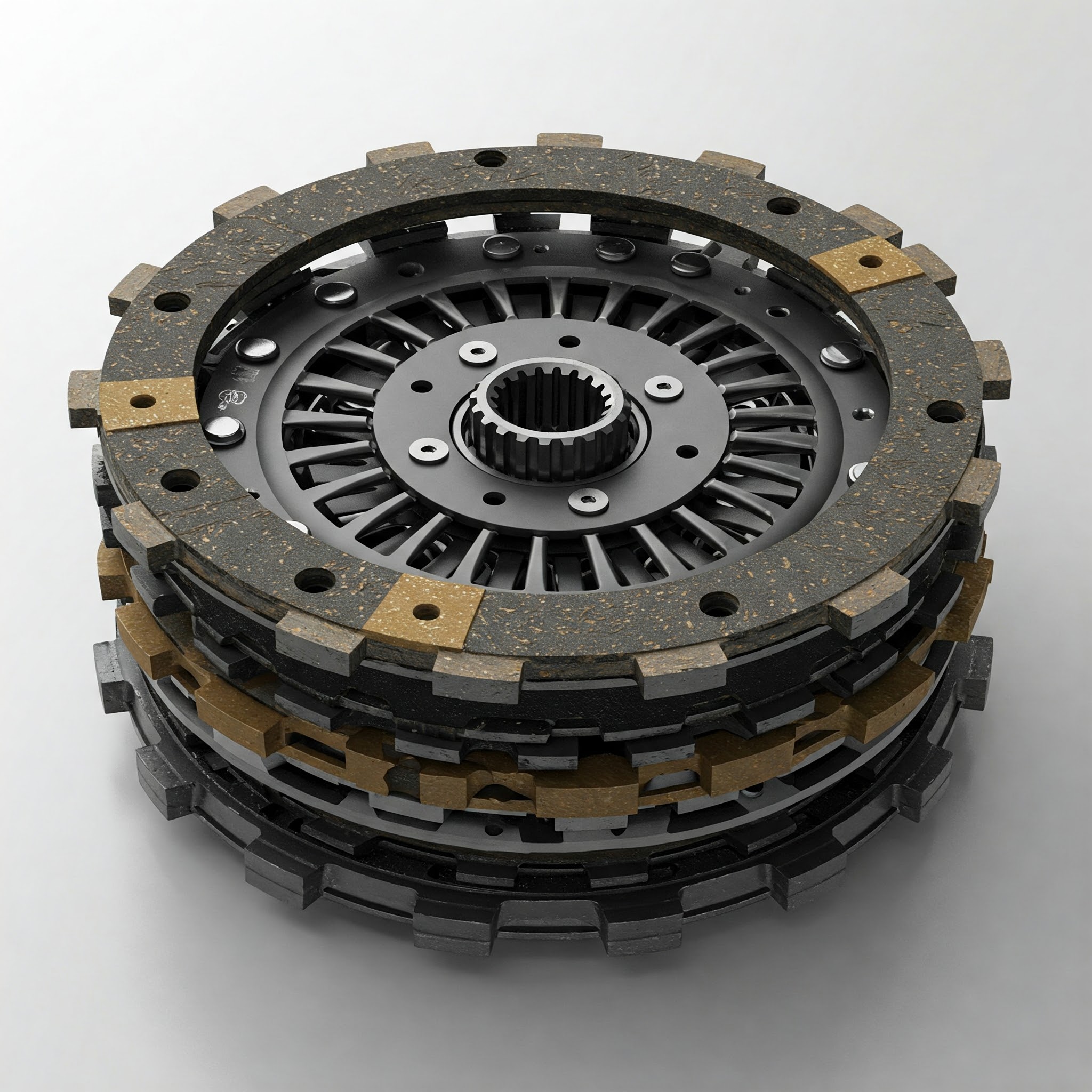Motor Insurance and its renewal has a stimulating history. Stay glued to discover. We bet you’d be as spellbound as we were.

A car insurance, is a legal cover against any damage caused by a vehicle in an accident to the person driving, or travelling in the vehicle, or to a third party person. It also covers the damages faced by the vehicle, or the loss of any property engaged in the accident. It is mandatory as per the Motor Vehicles Act 1988, and the Insurance Regulatory Development Authority (IRDA), to run all vehicles on the roads only with an active insurance cover. Thus with its annual expiry, it is needed to renew it for another term, keeping in mind the security of the general mass.
Car insurance had its beginning from the United Kingdom, with the need to insure vehicles so that in case of an accident, a third person may get a claim for the injuries sustained. The practice of insurance is somewhere a hundred years old, with the first motor car being introduced in 1894. In 1895 the first third part cover was implemented on a motor insurance, followed by a complete ‘comprehensive policy’ in 1899.
Post 1st world-war, with the increase in motor vehicles on road and the increase in number of accidents, the Road Traffic Acts 1930 and 1934 was introduced. Many injured people sustained unrecoverable damages and received no compensation, which led to the introduction of Road Traffic Acts. The act regulated vehicles from running on the road without an active third party insurance, thus covering the threats of the third party.
However, in India, the Motor Vehicles Act was passed in 1939, highlighting the same compulsory regulation of third party insurance cover. The guidelines followed by the Indian Motor Vehicles Law are mostly same of the United Kingdom. The 1939 Act was replaced by the Motor Vehicles Act 1988, effectively enforced from July 1st, 1989. Until March 2008, the motor insurance was governed by a tariff, which there-after became non-tariff. However, the Insurance Regulatory Development Authority (IRDA) has directed the insurers to follow the tariff policy wordings and adopt a common rating, with respect to the Third Party insurance cover.
When first implemented the motor insurances were an annual premium that lasted for not more than one year. There were certain key points that resulted in implementing and adopting the renewal of motor insurance.
With a new vehicle, the owners usually got it insured, but with the passage of the year they often forgot to buy a new car insurance cover for their vehicle. Any accidents occurring in this period provided no cover to the person injured.
At other times, vehicle owners did not find the need of the insurance cover much if they drove carefully. However, the claims under theft and damage made it a buyable option.
Moreover, with the regulation and implementation of Motor Vehicles Act the need for an all-time active cover became necessary.
The safety of the self, the vehicle and the third party made it compulsory to have a round the clock insurance cover.
Thus, the renewal of car insurance was introduced to keep a check on the safety of the people, inside and outside the vehicle. By making the insurance cover’s renewal compulsory, it is ensured that any damage to property, vehicle or person can be compensated.






